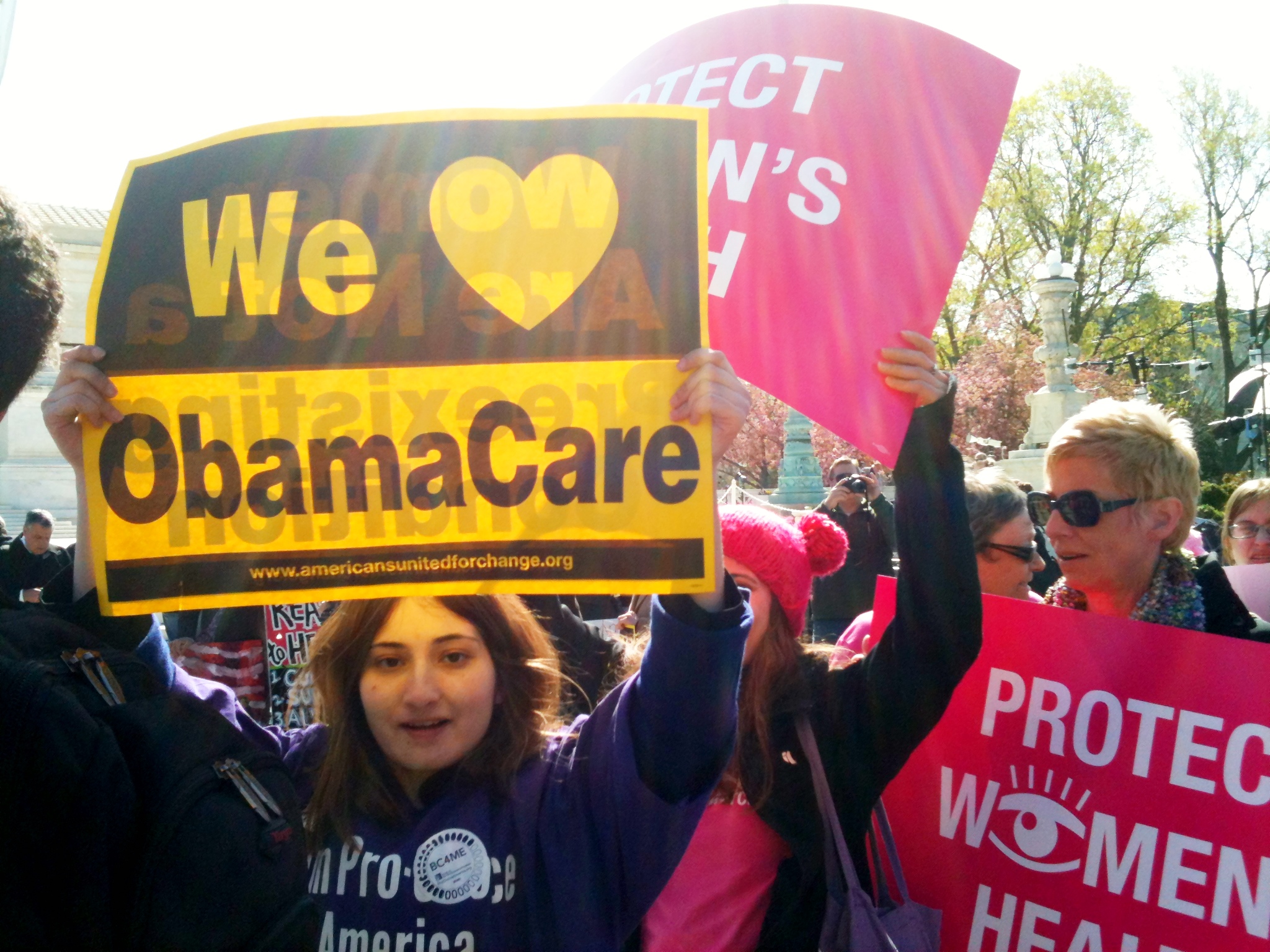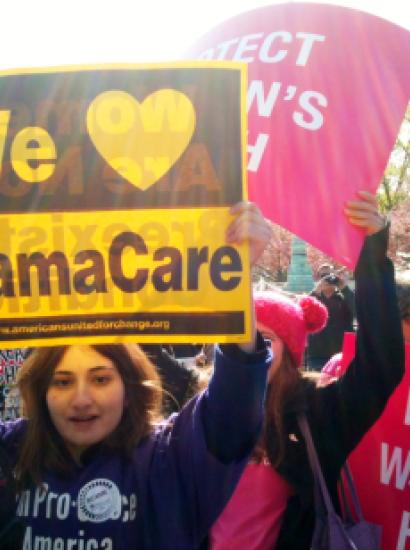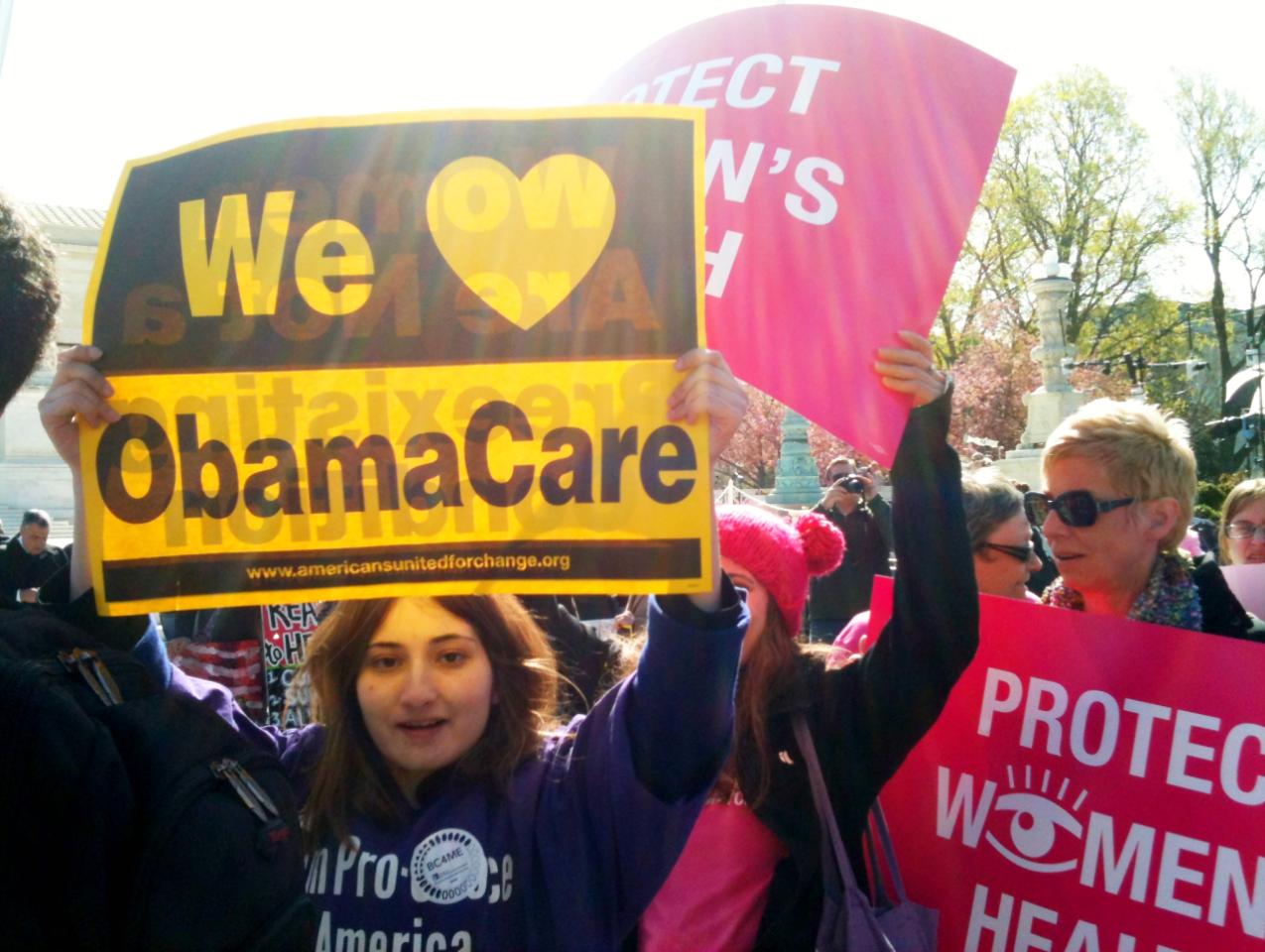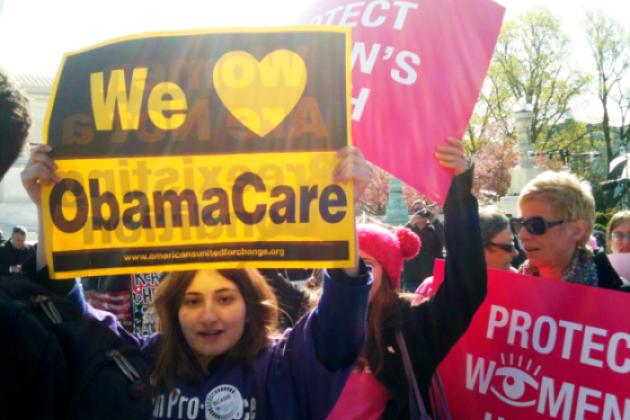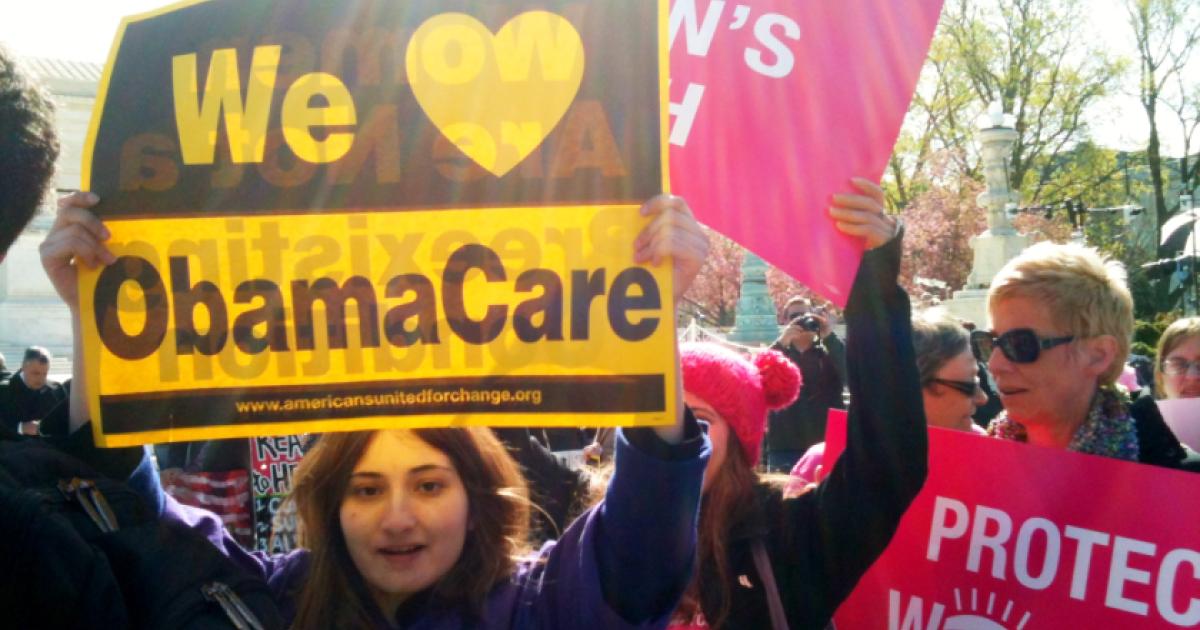The United States is facing another crisis in organizing its health care system. It is clear that the private exchanges concocted under the Obama administration are failing at a record rate for the simple reason that they violate all known sound principles of insurance. The planners who put these programs together unwisely thought that universal coverage would overcome the standard insurance problems of adverse selection and moral hazard.
But that didn’t happen. Under the Obamacare plans, the insurers are allowed to compete only on the cost of providing a fixed set of government packages of mandated services. They have no power to select their own customers, or to charge those customers rates sufficient to cover insurance expenses. People are allowed to game the system by signing up just before they need treatment, only to leave once the treatment is received. The young dump plans that require them to pay for the insurance of the old. The old sign up in droves. Systems with cross-subsidies are inherently unstable. Yet the insurers are unwisely limited in what they can spend on administrative expenses, which unhappily limits their ability to recruit new customers or to monitor the behavior of their existing ones.
The failure of the Affordable Care Act was predictable before the ink was dry on the page. But now that the results are in, there are all too many people who think that the cure for excessive government regulation is the complete takeover of the health care market, here in the form of a single-payer system under which the government provides the financing for all health care in the United States, effectively ending the private provision of these services. One notable effort to defend this position comes from the economist Robert Frank, who takes the heroic view that single-payer can provide the same level of health care at lower costs, making it a bargain for the public as a whole. Unfortunately, his analysis is riddled with errors. The program has thus far proved to be a nonstarter in the states—those laboratories of democracy. Places like California, Colorado, and Vermont have gagged at the huge prospective costs of putting that a single-payer system into place.
To Frank, this common-sense objection rests on the supposed fallacy that an increase in taxes always results in a loss of social welfare. In his view, the benefits of taxation can more than offset those rising taxes if those tax revenues can deliver superior levels of health care in exchange. But this is one big “if.”
To Frank, one of the two obvious sources of savings are the elimination of competitive advertisements, which he notes can run to 15 percent of total costs. Yet he links to an article that sends a very different message. It praises how additional advertisement can fuel needed revenue growth. Frank is also blind to the benefits of advertisement, which allow consumers to learn of the full range of services of benefit to them. That increased demand can allow firms to spread their fixed costs over a larger customer base, thereby reducing average costs. Advertisements may not be needed for a national health plan, but only for the worst of all reasons. Legislative menus of mandated goods are so rigid and standardized that firms have nothing new to sell. But this in turn reveals the weakness of a top-heavy health care plan, namely not developing a sensible innovation policy because of the inability to market its fruits. It also leads to a systematic reduction in long-term capital investment, which translates into chronic shortages tomorrow.
Frank also insists that a single-payer system could reduce administrative costs to around two-percent of total budget, or about one-sixth the total for private insurers, including those that operate under the current mandates of the Affordable Care Act. But again, that gross figure is misleading for several reasons. The first is that there is no a priori way to decide just what fraction of health care expenditures should be spent on administration. One of the many design failures of the ACA was its artificial limitation on these expenditures. In a working market, firms try to equilibrate the margin, so that the last dollar spent on each category of expenses generates the same level of additional system benefit. It follows that Medicare and Medicaid may be faulted for spending too little on administrative expenses, hampering their ability to control fraud and making them less able to identify the best treatment protocols—or locate new facilities, train employees, counsel patients, or conduct any number of activities that a sensible business undertakes to improve its market position.
The failure of single-payer health care to innovate is then complicated by the impossible constraint whereby people do not have to pay for any of the health care they get. Despite what Frank alleges, the huge uptick in the quantity of services demanded when participants get all care at zero-price threatens to overwhelm the system. Since single-payer does not ration health care by price, the care gets rationed of necessity in other ways. Thus, the Canadian system relies on long-waiting times to curb demand. Unfortunately, the people at the head of the queue are not always those who have the greatest need for treatment. Even prices that cover a fraction of full costs can help to tamp down on the demand. But, sadly, no one in a single-payer system has any idea of how these prices should be set. Hence, government’s duty to take all comers at a zero price means it cannot re-price efficiently to respond to shifts in supply and demand as is routinely done in airlines, hotels, and leasing in ways that eliminate the queues from price controls.
Regrettably, the standard defenses of single-payer assume that every technique that works in ordinary product markets will fail with health care. Indeed, this tunnel vision led to the market breakdowns that paved the way for the 2010 adoption of the ACA. Part of the reason the United States has the highest health costs of any nation is because of the added costs of onerous government regulation. Illinois, for example, lists 18 pages of required benefits for private insurance plans that covers everything from alcoholism to infertility, all at government-mandated levels, with high compliance costs added in. Ironically, in contrast, the Canadian single-payer system offers at most limited coverage for mental care, dental care, eye care, prescription drugs, and a whole lot more. And no nation commits as much money for the treatment of end-state-renal disease through dialysis as does the United States—$42 billion per year, of which $34 billion is covered through Medicare.
At this point, the proper path of reform has to move away from single-payer and towards market liberalization, which would lower costs by removing these mandates, and by opening up insurance markets to interstate competition. Matters would still get better by removing the state mandates for coverage in private employer plans, which have led many firms to terminate their employee coverage. Any reform should also kill the 3.8 percent Net Investment Income Tax, which has done so much to retard overall growth. Nonetheless, it appears that the Republicans who have so far flubbed health-care reform are still taking a statist approach that keeps many of the worst features of the ACA intact.
Here is one illustration. Senators Ted Cruz and Mike Lee introduced a program into the bill that allows any insurer offering two ACA-compliant plans to also offer other plans for sale. This proposal does not go the full way to market liberalization because the market plans would not carry the government subsidy. But the possibility that consumers might nonetheless prefer these plans offers powerful testimony as to how far off base both the ACA and these latest reforms are. But the current legislation waters down this proposal so that any price increase on the ACA plans requires a like price increase in the noncompliant plans by the same percentage as in the compliant plans. This disguised form of price controls prevents two plans from competing on price, which means that the option is illusory and the worst features of the ACA remain unchallenged.
It seems, therefore, that the public debate has been broken down by the constant war cry that all reforms hurt poor health care recipients to benefit rich taxpayers. Public policy now ignores growth and innovation; the debate has become a struggle about redistribution. A one-way ratchet embeds all tax increases forever and makes it impossible to address the many design errors in the ACA. Reckless Democratic claims for a single-payer system are a massive distraction. Republican naiveté on dismantling a flawed system has led to the rhetoric of repeal-and-replace that tends to slight critical design elements, which can spell success or failure. I am not alone in doubting that the Republican reforms will get through.







